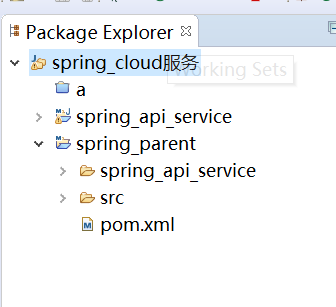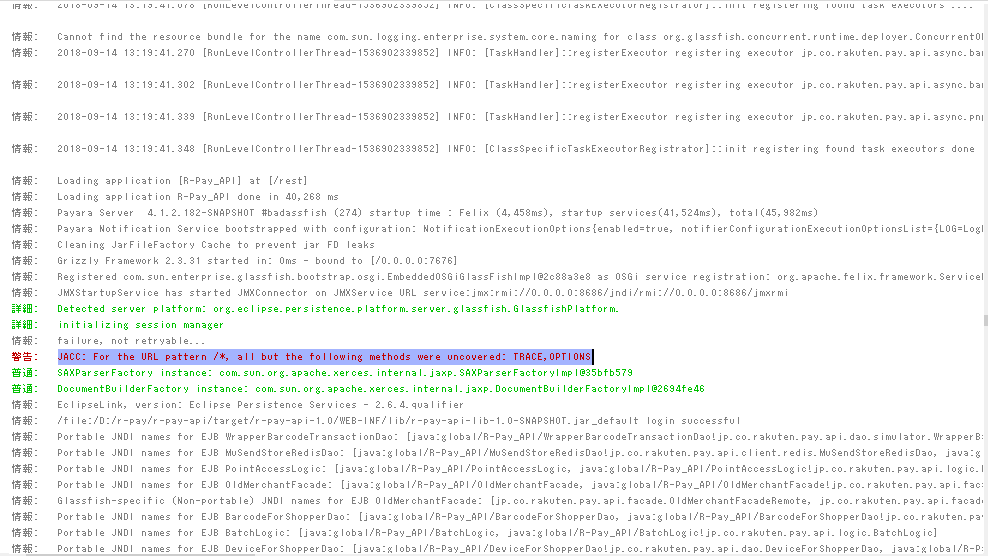Could someone provide a very simple explanation of Automatic Properties in C#, their purpose, and maybe some examples? Try to keep things in layman\'s terms, please!
问题:
回答1:
Automatic Properties are used when no additional logic is required in the property accessors.
The declaration would look something like this:
public int SomeProperty { get; set; }
They are just syntactic sugar so you won\'t need to write the following more lengthy code:
private int _someField;
public int SomeProperty
{
get { return _someField;}
set { _someField = value;}
}
回答2:
Edit: Expanding a little, these are used to make it easier to have private variables in the class, but allow them to be visible to outside the class (without being able to modify them)
Oh, and another advantage with automatic properties is you can use them in interfaces! (Which don\'t allow member variables of any kind)
With normal properties, you can do something like:
private string example;
public string Example
{
get { return example; }
set { example = value; }
}
Automatic properties allows you to create something really concise:
public string Example { get; set; }
So if you wanted to create a field where it was only settable inside the class, you could do:
public string Example { get; private set; }
This would be equivalent to:
private string example;
public string Example
{
get { return example; }
private set { example = value; }
}
Or in Java:
private String example;
public String getExample() {
return example;
}
public void setExample(String value) {
example = value;
}
Edit: @Paya also alerted me to:
- http://msdn.microsoft.com/en-us/library/bb384054.aspx
- http://weblogs.asp.net/dwahlin/archive/2007/12/04/c-3-0-features-automatic-properties.aspx
回答3:
If you are asking why you would use Properties or Automatic Properties, this is the design philosophy behind it.
One important design principle is that you never expose fields as public, but rather always access everything via properties. This is because you can never tell when a field is accessed and more importantly when it is set. Now, a lot of the time, there is never any processing needed while setting or getting the value (for example, range checking). This is why Automatic Properties were created. They are a simple, one-line way of creating a property. The backing store for it is created by the compiler.
While this is what I do even for my internal programs, it is probably more important for ones designed for public use (for sale, open source, etc). If you use an Automatic Property and later decide that you need to do something else in the set or get, you can easily change your code without breaking the public interface.
回答4:
They are just a coding shortcut to save the programmer a few keystrokes. Instead of typing all this:
private string _lastName;
public string LastName {
get {
return _lastName;
}
set {
_lastName = value;
}
}
you can just type:
public string LastName {
get; set;
}
and let the compiler generate the rest automatically.
回答5:
From Auto-Implemented Properties (C# Programming Guide):
In C# 3.0 and later, auto-implemented properties make property-declaration more concise when no additional logic is required in the property accessors. They also enable client code to create objects.
When you declare a property, the compiler creates a private, anonymous backing field that can only be accessed through the property\'s get and set accessors.
class Person
{
public string Name { get; set; }
}
回答6:
Iמ earlier versions of C#, in order to use properties, you would need to create a field to hold the value (called a Backing Store):
private string _something;
public string Prop { get { return _something; } }
Starting with C# 3.0, this requirement is no longer needed, and the compiler will automatically create the backing store for you, so there\'s no need to declare the _something field.
You can read more on this matter here: http://msdn.microsoft.com/en-us/library/bb384054.aspx
Hope this helps.
回答7:
Simplifying the accepted answer, you can also use:
public int SomeProperty { get; private set; }
It has the same effect and you no longer have to create another variable for that.



